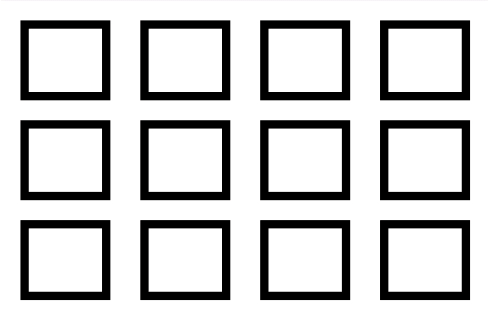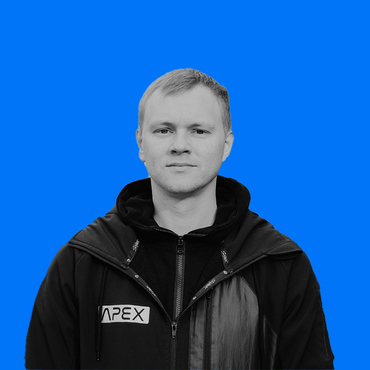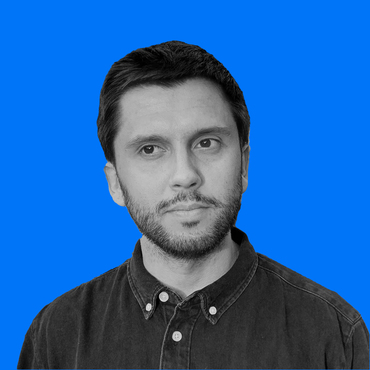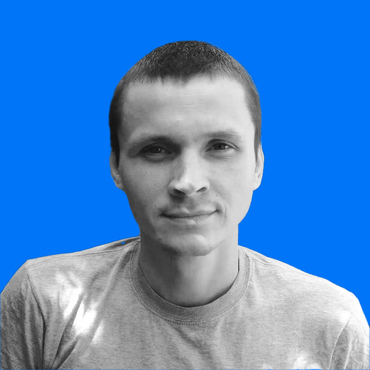Design for Real War: an interview with the founders of the Peremebli project
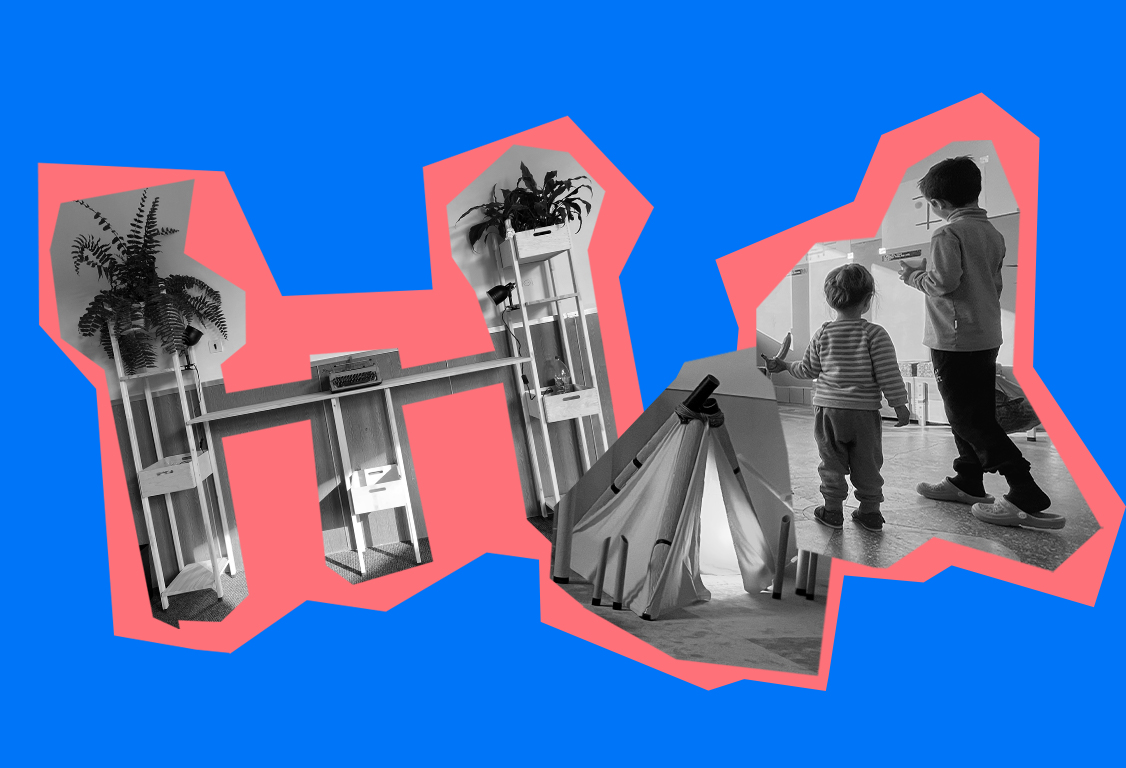
After the start of Russia’s full-scale invasion of Ukraine, the Agents of Change co-founders Andrii Batin and Yurii Hranovskyi began to collect design solutions that could be useful in wartime. Later, the guys teamed up with Oleksandr Manukians, the founder of Manukians Studio, in the Peremebli project and started creating a line of furniture for quick furnishing of rooms.
The team has also developed instructions by which anyone can assemble a shelf, table, chair, and other items from available and inexpensive materials.
We talked with them about the main principles of work, transformations, and the future potential of Peremebli.



First, we wanted to create clear instructions that would allow people to assemble items from materials that can be bought at the nearest hardware store. In Khust, we had to create working prototypes, and after our briefing, the team of builders would continue serial production and the final arrangement of spaces. But everything turned out to be a little different. Designing gradually turned into production. There was little time left to pass on the work in progress, and we realised that it was easier to finish everything by ourselves.
Replication became another stage of design verification. When we began to integrate items into the interior, people gradually moved into the hostel, so it was possible to hear first-hand feedback. During the three weeks of work at Khust Hostel, we went through all the stages: from the purchase of materials to the equipped spaces that were already used by the residents. I think it is a cool result, although everything worked out in a way different from what was originally planned.
Transformation of the project
Andrii: After the completion of the project in Khust, we posted the instructions for creating several items in the public domain. We thought of it like this: once we share them, someone will immediately make something according to them with their own hands. It turned out that not many people were ready for that. Someone may like the functionality, the aesthetics, and the price of it, but they do not have the time, skills, or ability to do it by themselves. At the same time, we launched the production of a custom-made line and have been testing this solution for several months, focusing on a shelving unit that can be modified for specific needs.
Sasha: We try to find such kinds of solutions which could be reassembled by everyone as they see fit. Peremebli is about being involved in creating things. At the same time, we understand that not everyone wants to be involved in direct production, and it is quite a natural thing.
Yura: People are instilled with the idea that only professionals should be involved in design: either you hire an interior designer, or you are an idiot. We do not agree with this. I am convinced that my apartment becomes mine through my meaningful interaction with it. Therefore, Peremebli is one of the ways of appropriating and possessing your space.
We do not impose anything on people. You can buy a wenge-coloured shelf stand in the nearest Epitsentr, or you can design a shelf stand together with us as you see fit. It depends on what value one sees.

Main principles of work
Andrii: Yura and I have long been inspired by the open design ideas and used them in the Peremebli projects. We focused on the work of two gurus of the open design, James Hennessey and Victor Papanek, which is outlined in the book Nomadic Furniture.
The basic rules of the open design are quite simple: firstly, you should share what you do — it is like the open source, which anyone can dig into, improve, and pass it on. Secondly, your work should be understandable to anyone, not just specialists. This is what makes design accessible, only then a person can reproduce it in their own context and adapt it to needs that no one knows better than them.

Yura: For us, Peremebli is a big experiment. We did not have any clear plan or business model. We are moving according to the principles of the open design, but we do not have a specific goal — the path is important for us. We set short-term goals because we want to remain flexible and open to the world.
The reality is much more complex than any management model, especially in the current circumstances. Our plans are a kind of hypotheses that we are ready to change. We want to focus on new knowledge that we acquire during our work, so the principle of learning-by-doing is important for us.
Plans
Sasha: We feel that we have a lot of untapped potentials. Each design solution, each element, and each detail is a semi-finished product that still needs to be finished, completed, and polished. We have not yet tested many solutions, and there are still areas where we have not even started our work.
Yura: Peremebli is a subsidised project: we did not receive any start-up grants and we finance it by ourselves. We want that to change because then we will be able to devote more time to it and scale it. The best way to support us is to order a shelf stand, and recently, we also created a Patreon page for direct donations.
We would like to work sustainably so that the commercial component of the project would feed the social one. For us, this project is primarily about the benefit, but it must also generate some profit because this is one of the conditions of existence in the modern world.


Andrii: First, we checked the social area of the work, then the commercial one. Now we have to think about where to go next. Somewhere at the intersection of our interests, we will find a solution. It is difficult to predict what will work, but we are open to new things.
Text: Nadiia Chervinska
Editing: Viktoriia Osipova
Translation into English: Julia Didokha
